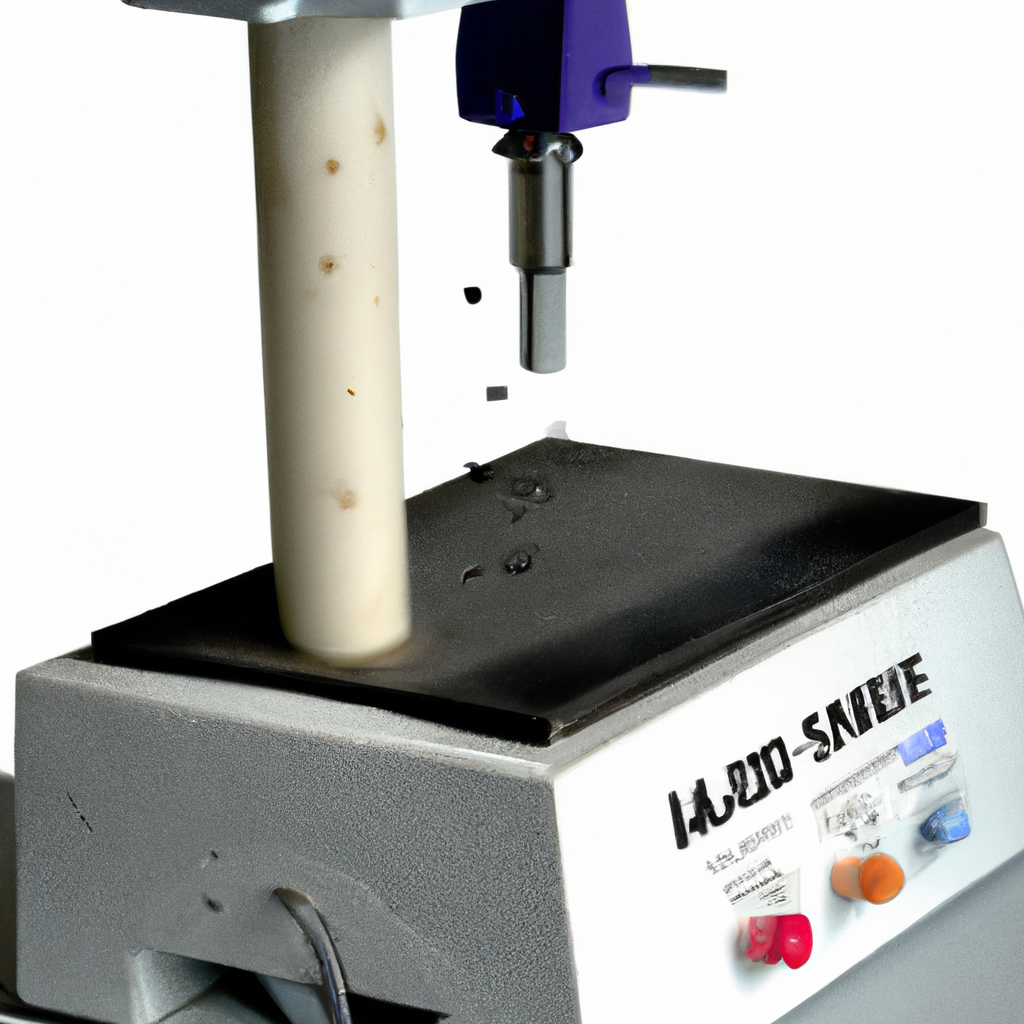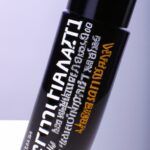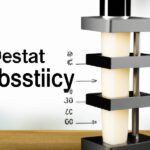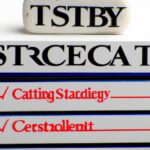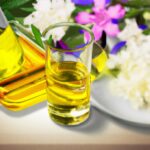What is Accelerated Stability Testing for Luxury Cosmetics?
When it comes to producing and selling premium, luxury cosmetics products, it’s essential to ensure that their items maintain their chemistry, composition and integrity over time. To ensure that a product continues to meet customer expectations time after time, companies must conduct stability testing. Among the strategies used to test cosmetic product stability are accelerated stability assessments, which aim to expedite the process and identify any potential problems early on.
What Exactly is Accelerated Stability Testing?
Accelerated stability testing is a form of product testing used to evaluate cosmetics, pharmaceuticals and other consumer goods over their intended lifespans, much faster than traditional testing. This testing creates a more realistic and faster representation of the entire life cycle of the product from the manufacturing process to use and customer storage. To achieve this, manufacturers, also known as sponsors of clinical studies, must subject their items to extreme conditions. These include a combination of elevated levels of temperature, ultraviolet light, and/or humidity.
Why is Accelerated Stability Testing for Cosmetics Used?
The purpose of accelerated stability testing for cosmetics is to predict how long the product will last before breaking down or expiring. An emphasis is put on using harsher testing conditions than the product might be exposed to in its intended use, in order to gain a more thorough understanding of the items’ expiration point. This also allows companies to identify any potential problems before release, as any failure in selecting appropriate packaging, adhesives, or other components could lead to product failings or changes in the product’s performance.
What Are the Benefits of Accelerated Stability Testing?
Accelerated stability testing of luxury cosmetics products offers many advantages to sponsors of clinical studies and consumers alike. The main advantage is that the results generated by such testing can help companies identify any spontaneous chemical degradations, and any concerns of color, fragrance and texture over time, more quickly and reliably than other testing methods.
The accelerated process also helps cosmetics companies save on testing costs and keep their development process in-check to ensure speed-to-market for their products. Ultimately, this means that customers benefit from a wider, more diverse range of high-quality cosmetic products.
How is Stability Tested Accelerated?
There are a number of ways by which sponsors of accelerated stability testing can increase the speed of a product’s life cycle.
Temperature
Cosmetic stability can be accessed by subjecting products to higher temperatures than that experienced naturally by the consumer. Temperature testing is used when a product’s expiration date is sensitive to temperature changes, such as if it contains ingredients that have short shelf-lives. The elevation of temperature tests accelerates the decomposition of perishable elements and the breakdown of packaging materials. Manufacturers need to apply caution with this strategy, as not all products can withstand the higher temperatures required to reach their expiration date quicker.
Ultraviolet Light
The introduction of ultraviolet light can be used to assess the effect of the sun and other sources of light on a product’s integrity and shelf-life. If a product contains pigments, this method can be used to inspect how that pigment holds up to the light, which can affect the product’s performance and visual qualities.
Humidity
Increased levels of humidity can be used as a testing method for stability, as many products deteriorate more quickly in higher moisture levels. Manufacturers and sponsors of clinical studies must not forget to monitor the effects that water activity has on the product, as well as the humidity, in order to get the most accurate results.
Are There Any Challenges to Accelerated Stability Testing for Cosmetics?
Yes, there are some challenges associated with accelerated stability testing for cosmetics. The biggest challenge is ensuring the accuracy of the results. An accelerated testing method can be used to speed the process up, but it cannot reliably determine a product’s shelf-life or expiration date. This is because an accelerated assessment cannot replicate the exact conditions that a product is likely to experience in its lifetime due to ever-changing environmental factors.
Another challenge of accelerated stability testing for cosmetics is that not all products can withstand the conditions required for such assessment. As mentioned previously, some products are too temperature sensitive or could be corroded by the intense light exposure required for such test. Therefore, manufacturers must be extra cautious when conducting tests specific to certain products.
How Accurate is Accelerated Stability Testing?
Though accelerated stability testing cannot accurately predict shelf-life, it can still be used as a tool to identify potential product performance issues early on. By ensuring the safety and efficacy of products in the most rigorous of conditions, manufacturers can have better confidence that their luxury cosmetics items will remain accurate, consistent and in good condition in real-world conditions.
Can Accelerated Stability Testing be Used for Performance Evaluation?
Yes, accelerated stability testing can be used to assess the performance of luxury cosmetics products. The harsh conditions required to accelerate the testing process can help simulate and analyze a number of qualities, such as color, texture and anti-aging capabilities, which are important for evaluating performance. This can also help companies understand how their items react under stress and how long they may last with regular use.
FAQs About Accelerated Stability Testing for Luxury Cosmetics
Q: What is accelerated stability testing for cosmetics?
A: Accelerated stability testing is a form of product testing used to evaluate cosmetics, pharmaceuticals and other consumer goods over their intended lifespans, much faster than traditional testing. This is achieved by subjecting products to extreme conditions such as elevated levels of temperature, ultraviolet light, and/or humidity.
Q: What are the benefits of accelerated stability testing?
A: Accelerated stability testing offers many advantages to sponsors of clinical studies and consumers alike. For sponsors, the results generated by such testing can help them identify any potential product performance issues early on and save on testing costs. For consumers, this means that they benefit from a wider, more diverse range of high-quality products.
Q: How is stability tested accelerated?
A: There are a number of ways by which sponsors of accelerated stability testing can increase the speed of a product’s life cycle, such as by subjecting it to higher temperatures than that experienced naturally by the consumer, exposing pigments to ultraviolet light and increasing the levels of humidity.
Q: Can accelerated stability testing be used for performance evaluation?
A: Yes, accelerated stability testing can be used to assess the performance of luxury cosmetics products by helping simulate and analyze characteristics such as color, texture and anti-aging capabilities. This can also help companies understand how their items react under stress and how long they may last with regular use.
Best Practices for Accelerated Stability Testing
Accelerated stability testing is a valuable tool for ensuring the quality and longevity of luxury cosmetics products. To optimize the results of your stability testing process, here are some best practices to consider:
1. Establish Clear Testing Objectives
Prior to conducting accelerated stability testing, it’s crucial to define your testing objectives. Determine the specific parameters you want to evaluate, such as color retention, texture changes, or ingredient stability. Having clear objectives will guide the testing process and help you interpret the results effectively.
2. Select Appropriate Test Conditions
Choosing the right conditions for accelerated stability testing is essential to mimic the product’s real-life environment. Consider factors like temperature, humidity, and light exposure that the product is likely to encounter during its lifespan. Conducting preliminary studies and gathering relevant data can aid in determining the appropriate conditions for your specific cosmetic formulation.
3. Use Reliable Testing Equipment
Investing in high-quality testing equipment is crucial for accurate and consistent results. Ensure that the equipment used for accelerated stability testing maintains precise control over temperature, humidity, and light exposure. Calibrate the equipment regularly and follow manufacturer guidelines to ensure optimal performance.
4. Implement Realistic Sample Sizes
When conducting accelerated stability testing, it’s important to use sample sizes that accurately represent the actual product packaging. Consider the volume, container material, and closure system to ensure realistic results. Using oversized or undersized samples can lead to misleading outcomes that may not reflect the true performance of the product.
5. Monitor Testing Duration
Keep track of the testing duration and establish appropriate time intervals for evaluation. Regularly assess the samples to observe any changes and determine the point at which degradation or expiration occurs. This information can help you estimate the product’s shelf-life and make informed decisions regarding product formulation, packaging, and storage requirements.
6. Document and Analyze Results
Thoroughly document all testing procedures and observations throughout the accelerated stability testing process. Record any changes in color, texture, fragrance, or other relevant attributes. Analyze the data systematically and look for trends or patterns. This analysis will provide valuable insights into the product’s performance and guide future formulation improvements.
7. Perform Comparative Studies
Conducting comparative studies can enhance the effectiveness of accelerated stability testing. Test multiple formulations or variations under the same conditions to identify the most stable and optimal product configuration. Comparing results between different formulations can help you fine-tune the product’s composition and enhance its overall stability.
8. Consider External Factors
While accelerated stability testing provides valuable insights, it’s essential to recognize that external factors can impact a product’s stability in real-world conditions. Environmental factors like temperature variations, exposure to air, and transportation conditions can influence a product’s shelf-life. Therefore, it’s important to combine accelerated testing with real-time stability studies to validate and refine the results.
Conclusion
Accelerated stability testing is an invaluable tool for luxury cosmetics companies seeking to ensure product quality, longevity, and customer satisfaction. By following these best practices, you can optimize your testing process and obtain reliable results that inform formulation improvements, packaging decisions, and overall product performance. Remember to document your procedures, analyze the data, and consider real-world conditions to enhance the accuracy and applicability of your accelerated stability testing outcomes.

